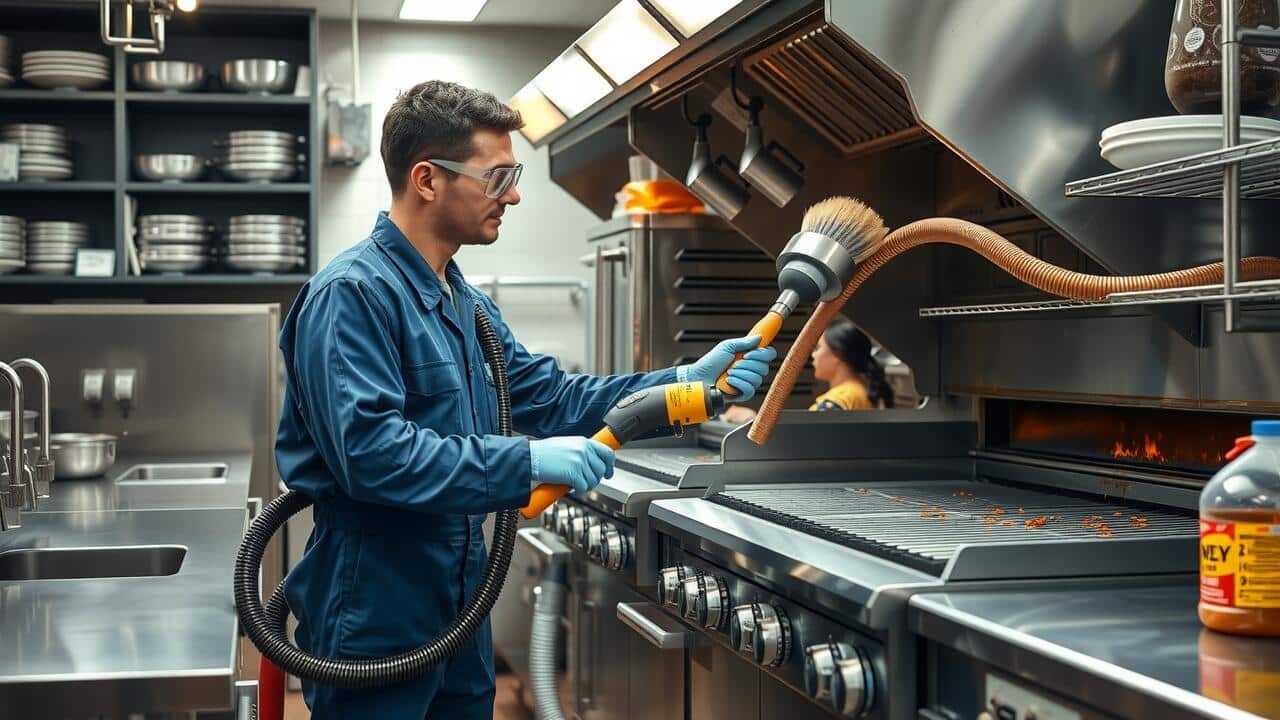
Table Of Contents
Inspecting for Damage
When cleaning a smoke alarm, inspecting for damage is a crucial first step. Check the unit for any visible signs of wear or deterioration. Cracks in the casing, loose components, or discoloration may indicate that the alarm is no longer functioning properly. Ensuring that the overall condition of the smoke alarm is satisfactory will help maintain optimal performance.
Smoke chamber cleaning is essential for maintaining safety standards. A damaged smoke alarm can compromise your home’s fire detection system. Look for any obstructions or debris in the smoke chamber. A clean chamber ensures that smoke can properly reach the sensor, allowing for timely alerts in case of a fire. Regular inspections prevent future issues and extend the life of your smoke alarm.
Identifying Common Issues
Smoke chamber cleaning requires careful examination of the smoke alarm for common issues. Dust, debris, and cobwebs can accumulate inside the unit, obstructing its ability to detect smoke effectively. These can interfere with the sensors, leading to false alarms or, worse, failures to alert in case of a real fire. Understanding these potential issues is crucial to ensure the smoke alarm functions correctly.
Another common problem involves insects and other pests making their way into the smoke chamber. This not only compromises the alarm’s efficiency but may also damage internal components. Users should also look for signs of corrosion or damage to the chamber itself, which could indicate a need for replacement rather than just cleaning. Regular inspections during smoke chamber cleaning can help identify these issues before they become major problems.
Reassembling the Smoke Alarm
After completing the smoke chamber cleaning, it is crucial to reassemble the smoke alarm correctly to ensure optimal performance. Begin by carefully aligning the components, paying attention to the positioning of wires and any clips. Each piece should fit snugly without force. If any part seems misaligned or obstructed, double-check for debris that could prevent a proper seal.
Once the smoke alarm is securely reassembled, check that the mounting brackets are firmly attached. Gently shake the unit to ensure nothing rattles inside, which could indicate loose parts. Remember to reinstall the battery and confirm it is seated correctly. This will help the alarm function properly when needed. Testing the smoke alarm after reassembly is essential for safety and reliability.
Properly Putting the Unit Back Together
After you have cleaned the smoke chamber, it is crucial to reassemble the smoke alarm correctly. Start by aligning any internal components you removed during the cleaning process. Place the smoke chamber back into its housing gently, ensuring everything fits snugly. Check that all connections are secure and that there are no visible gaps.
Once the chamber is in place, attach the outer cover by snapping or sliding it back into position. Pay attention to any locking mechanisms to ensure the unit is completely sealed. A properly resealed alarm is vital for effective smoke chamber cleaning, as a loose cover can compromise the unit’s performance. After reassembly, you should be ready to proceed to testing.
Testing the Smoke Alarm After Cleaning
Testing the smoke alarm after cleaning is crucial to ensure that it operates effectively. After completing the smoke chamber cleaning, it’s essential to check that the unit is functioning properly. You can do this by pressing the test button on the alarm. Listen for the audible alarm to confirm that it activates. If the alarm does not sound, further investigation may be needed to determine if the cleaning has inadvertently affected the unit’s performance.
In addition to the visual inspection and test button check, it’s advisable to conduct a functional test by using smoke or a smoke test spray. This method provides a practical way to gauge the alarm’s response to smoke exposure. Observe how quickly the smoke alarm activates. A timely reaction indicates that the smoke chamber cleaning effectively restored the unit’s capability. Regular testing and maintenance can extend the life of your smoke alarm and enhance safety in your home.
Ensuring Proper Functionality
Once the smoke alarm is reassembled, it is essential to ensure proper functionality. Begin by pressing the test button on the unit. This action verifies whether the alarm sounds correctly, indicating that the internal components are operating as intended. If the alarm does not emit a sound, it may need further inspection or replacement.
Another important step following smoke chamber cleaning involves observing the behavior of the smoke alarm over the next few days. Monitor for any unusual chirping or inconsistency in performance. If the alarm continues to function poorly, consider replacing the unit altogether to enhance safety and reliability in your home. Regular maintenance and testing can significantly reduce risks associated with potential fire hazards.
FAQS
How often should I clean my smoke alarm chamber?
It’s recommended to clean your smoke alarm chamber at least once a year to ensure it functions effectively and is free from dust and debris.
Can I use water or cleaning solutions to clean my smoke alarm?
No, you should avoid using water or cleaning solutions on your smoke alarm. Instead, use a soft brush or a vacuum attachment to gently remove dust and debris.
What should I do if I notice damage while inspecting my smoke alarm?
If you notice any damage during your inspection, such as cracks or corrosion, you should replace the smoke alarm immediately to ensure your safety.
How can I test my smoke alarm after cleaning it?
After cleaning, press the test button on the smoke alarm to check if it functions properly. Ensure that the alarm sounds; if it doesn’t, replace the batteries or the entire unit if necessary.
Is it safe to disassemble my smoke alarm for cleaning?
Yes, it’s safe to disassemble your smoke alarm for cleaning, as long as you follow the manufacturer’s instructions. Just remember to reassemble it correctly before testing.


